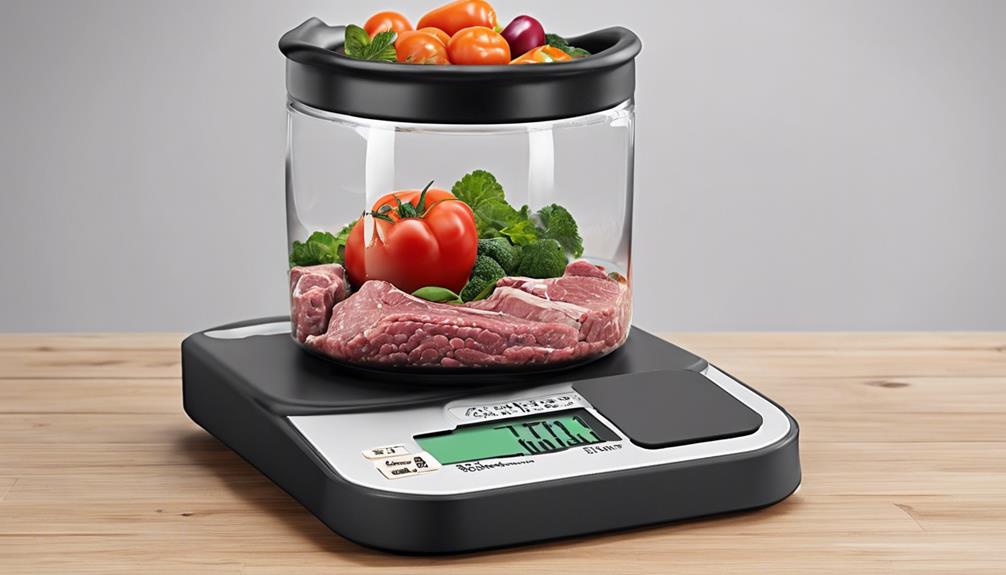Lily of the Valley is dangerous for dogs. It has cardiac glycosides and saponins, which are harmful. If a dog eats any part, especially the bulbs, it can be risky. Quick vet help is essential if you suspect ingestion. Symptoms include vomiting, diarrhea, and convulsions. Immediate vet care is needed for Lily poisoning. Treatments like inducing vomiting and IV fluids may be necessary. Recovery needs prompt vet attention to avoid long-term heart issues. To prevent exposure, keep lilies away, and act fast if ingested. More info on Lily of the Valley toxicity is available.
Key Takeaways
- Lily of the Valley is highly toxic to dogs.
- Ingestion can lead to severe symptoms like vomiting, diarrhea, and convulsions.
- Immediate veterinary care is crucial if ingestion is suspected.
- Treatment involves inducing vomiting, administering activated charcoal, and IV fluids.
- Prevention is key: keep lilies out of reach, dispose properly, and act promptly upon suspicion.
Lily of the Valley Toxicity Overview
When considering Lily of the Valley Toxicity Overview, it's important to understand that this plant is highly toxic to dogs due to the presence of cardiac glycosides and saponins. Ingestion of any part of the Lily of the Valley plant, especially the bulbs, can be extremely risky for our furry friends. If there's any suspicion of Lily of the Valley ingestion, prompt veterinary attention is vital. Diagnosis involves providing a sample of the plant, detailing the ingestion, and conducting thorough examinations and tests to assess the extent of toxicity.
If a dog has ingested Lily of the Valley, it's crucial to seek immediate veterinary care. Clinical signs of Lily of the Valley poisoning can range from gastrointestinal upset to more severe symptoms like abnormal heart rhythms. Treatment may include supportive care such as intravenous fluids, electrolyte monitoring, and medications to manage any cardiac issues that may arise. Remember, when it comes to Lily of the Valley toxicity, quick action and proper veterinary treatment are indispensable to guarantee the well-being of our canine companions.
Symptoms of Lily Poisoning in Dogs

Symptoms of Lily poisoning in dogs typically manifest as vomiting, diarrhea, convulsions, and a decreased heart rate. When a dog ingests any part of the Lily of the Valley plant, it can have severe consequences on their health. Here is a table detailing the symptoms of Lily poisoning in dogs:
| Symptom | Description |
|---|---|
| Vomiting | The dog may vomit frequently after ingestion. |
| Diarrhea | Loose or watery stools are common symptoms. |
| Convulsions | Uncontrolled shaking or twitching of the body. |
Lily toxicity can also lead to more serious issues such as decreased heart rate, cardiac arrhythmias, and seizures. If your dog shows any of these symptoms after being exposed to Lily of the Valley, it is important to seek immediate veterinary care. Remember, early intervention can be life-saving for your furry friend. Stay vigilant and monitor your pets closely for these signs to safeguard their well-being.
Immediate Veterinary Treatment for Lily Poisoning

Seek immediate veterinary care if your dog ingests Lily of the Valley to address the potentially life-threatening symptoms promptly. Lilies are poisonous to dogs as they contain cardiac glycosides that can cause heart arrhythmias and other severe issues. When you suspect Lily poisoning, it's crucial to seek immediate veterinary attention.
Upon arrival, the veterinarian may induce vomiting, administer activated charcoal to absorb toxins, and provide IV fluids to support your dog's hydration and help flush out the toxins. In severe cases, medications to manage heart arrhythmias may be necessary. Remember that certain types of lilies like calla lilies and peace lilies can also be harmful, potentially leading to kidney failure in dogs.
If you're unsure whether your dog has ingested these toxic plants, don't hesitate to contact your veterinarian for guidance. Quick action can make a significant difference in the outcome of Lily poisoning cases.
Recovery and Long-Term Effects

Recovery from Lily of the Valley poisoning in dogs typically involves prompt veterinary treatment to minimize long-term effects and guarantee a successful outcome. If a dog has ingested this toxic plant, immediate veterinary attention is essential.
The long-term effects of Lily toxicity can impact the heart if not treated promptly. Monitoring for any lingering symptoms or complications post-treatment is important for the dog's long-term health.
Following the vet's recommendations, such as medication schedules and dietary restrictions, is crucial for a smooth recovery process. Providing a peaceful environment for the recovering dog can also aid in their overall well-being.
Ensuring they have a quiet and comfortable space to rest and recuperate can help reduce stress and promote healing. Remember, a dog's recovery from Lily of the Valley poisoning may take a few days, but with proper care, many can fully recover and go on to lead healthy lives.
Preventing Lily of the Valley Exposure

To prevent Lily of the Valley exposure in pets, make sure the plant is kept securely out of reach. Here are three essential steps to safeguard your furry friends from the dangers of this toxic plant:
- Avoidance: Keep all types of lilies, including Lily of the Valley, away from areas accessible to your pets. This simple step can greatly reduce the risk of ingestion and poisoning incidents.
- Immediate Action: If you suspect your dog has ingested any part of the Lily of the Valley plant, seek immediate veterinary attention. Time is vital in such cases, and prompt medical intervention can save your pet's life.
- Proper Disposal: When disposing of any lilies, make sure they're out of reach for scavenging pets. Properly discard any parts of the plant and water, as even small amounts can be harmful if ingested.
Frequently Asked Questions
How Much Lily of the Valley Is Toxic to Dogs?
Eating any Lily of the Valley part can harm dogs. Lily of the Valley bulbs are especially risky due to containing around 40 cardiac glycosides. Toxicity symptoms include vomiting, diarrhea, slow heart rate, and seizures.
Urgent vet care is essential if your dog eats Lily of the Valley to prevent severe issues. Watching for signs and keeping this plant away from pets are critical safety steps.
What Is the Antidote for Lily of the Valley?
We counter Lily of the Valley toxicity in dogs with activated charcoal and gastric lavage to absorb toxins. Antidotes include IV fluids and meds for arrhythmia. Vomiting isn't recommended due to rapid toxin absorption.
Immediate vet care is crucial to counteract toxic effects, prevent complications, and promote recovery. Timely treatment with the antidote can be lifesaving for dogs exposed to Lily of the Valley.
Is It OK to Touch Lily of the Valley?
Yes, it's important to avoid touching Lily of the Valley if you have pets. This plant contains toxic substances that can make dogs very ill. Symptoms like vomiting, diarrhea, and slow heart rate can occur.
If your pet comes in contact with this plant, seek immediate veterinary help. It's essential to handle Lily of the Valley carefully and keep it away from where pets can reach it to prevent accidental poisoning.
Can the Smell of Lilies Harm Dogs?
The smell of lilies can harm dogs by attracting them to toxic plants like Lily of the Valley. Dogs may be curious due to the floral fragrance, leading to accidental ingestion. Even inhalation of toxic compounds can harm dogs.
Preventing access to lilies physically and through scent is vital. Keeping dogs away from lilies protects them from potential harm.
Conclusion
To sum up, Lily of the Valley can be extremely toxic to dogs, causing symptoms such as vomiting, diarrhea, and even heart issues. It's important to seek immediate veterinary treatment if you suspect your dog has ingested any part of this plant.
One study found that Lily of the Valley poisoning is more common in dogs than in other pets, emphasizing the need for pet owners to be vigilant and proactive in preventing exposure to this dangerous plant.










